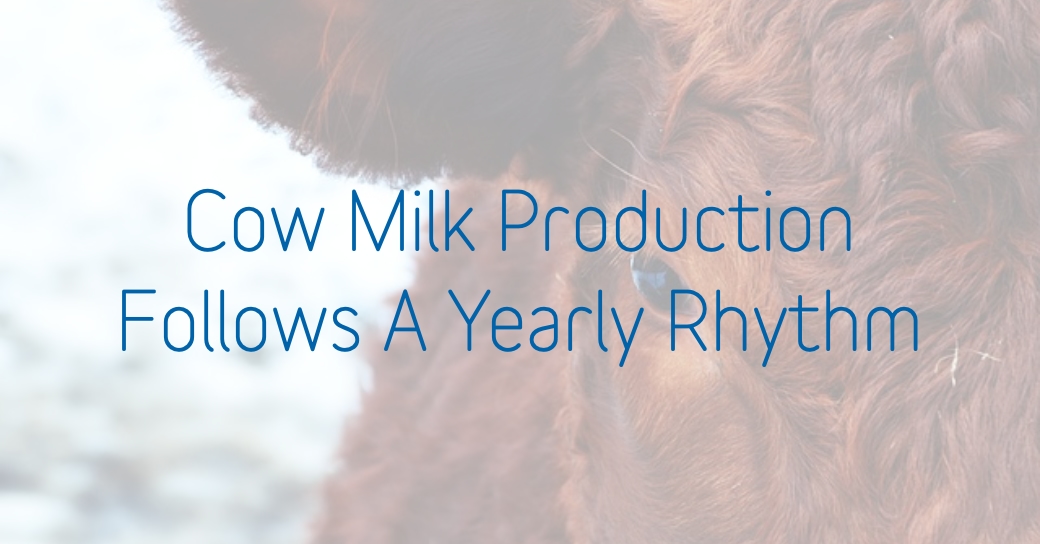- Unisensor | Blog
- Milk Production Follows A Yearly Rhythm In Dairy Cows
Milk Production Follows A Yearly Rhythm In Dairy Cows
The amount and composition of milk produced by dairy cows appears to be more regulated by internal, annual biological rhythms than by environmental factors.
Internal, annual biological rhythms appear to influence the amount and composition of dairy cows’ milk more than environmental factors like heat and humidity do, research shows.
Helping Farmers
The findings of the study are important because they better inform producers what to expect from their cows, according to researchers in the Penn State College of Agricultural Sciences. Being more precisely aware of their cows' rhythms allows dairy farmers to better judge the effectiveness of management strategies.

US Milk Composition Analyzed
Researchers analyzed national milk composition information from 2000 through 2015, which they obtained from the Agricultural Marketing Service of the US Department of Agriculture, and records from 1,684 cows in 11 Pennsylvania dairy herds from 2002 to 2011.
"On average, milk yield peaked in April, fat and protein yield peaked in February, fat concentration peaked in January, and protein concentration peaked in December,” says lead researcher Isaac Salfer, a doctoral student in animal science. “And the yearly rhythms of milk yield and fat and protein concentration consistently occur, regardless of region."
Until recently, dairy producers regarded milk production as governed by seasonal influences, Salfer said. They thought that cows just reacted to their environment and conditions.
"But our research is leading us to believe that cows have predictable changes in their physiology that leads to regular variation in milk production," he said. "It is shifting the way we are thinking about the seasonal changes in milk production from being a response to the environment to actually being a physiological element of the cow."
Sources : https://news.psu.edu